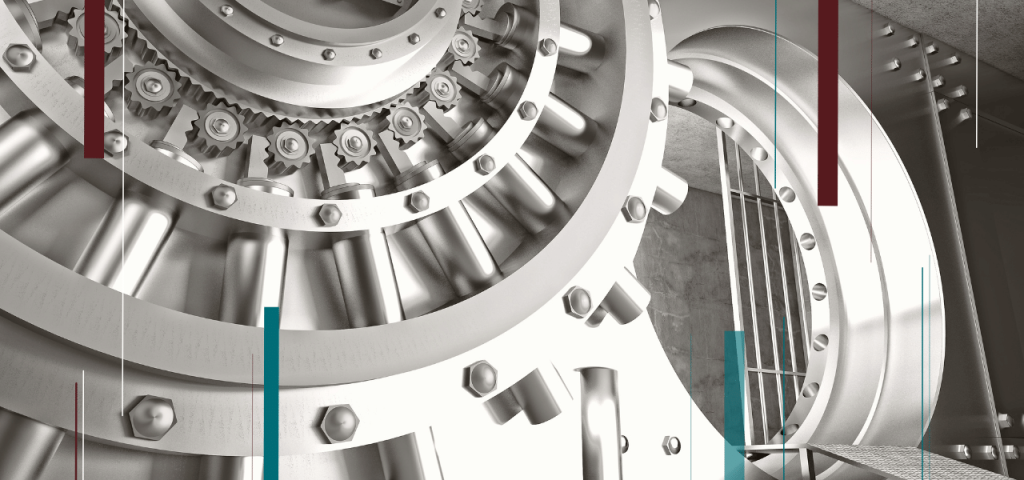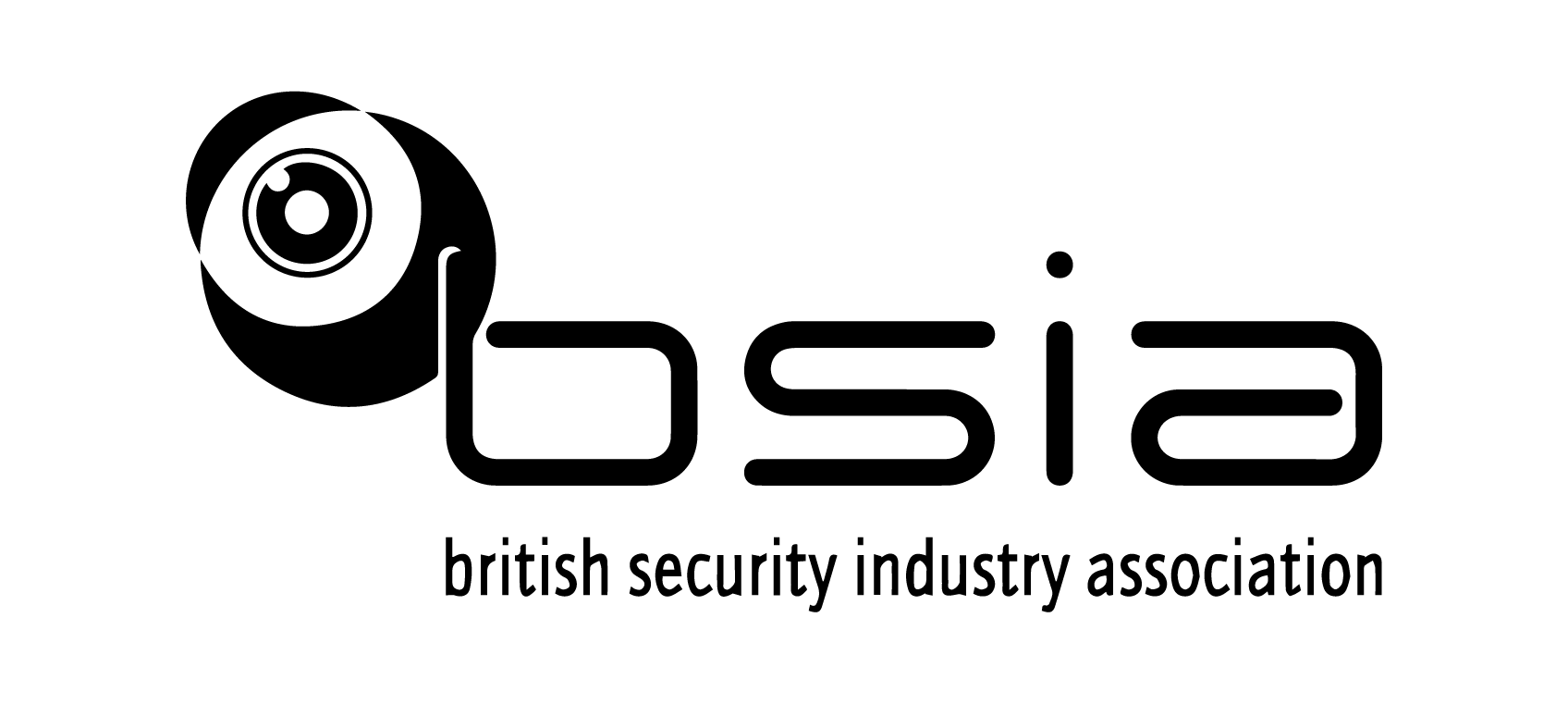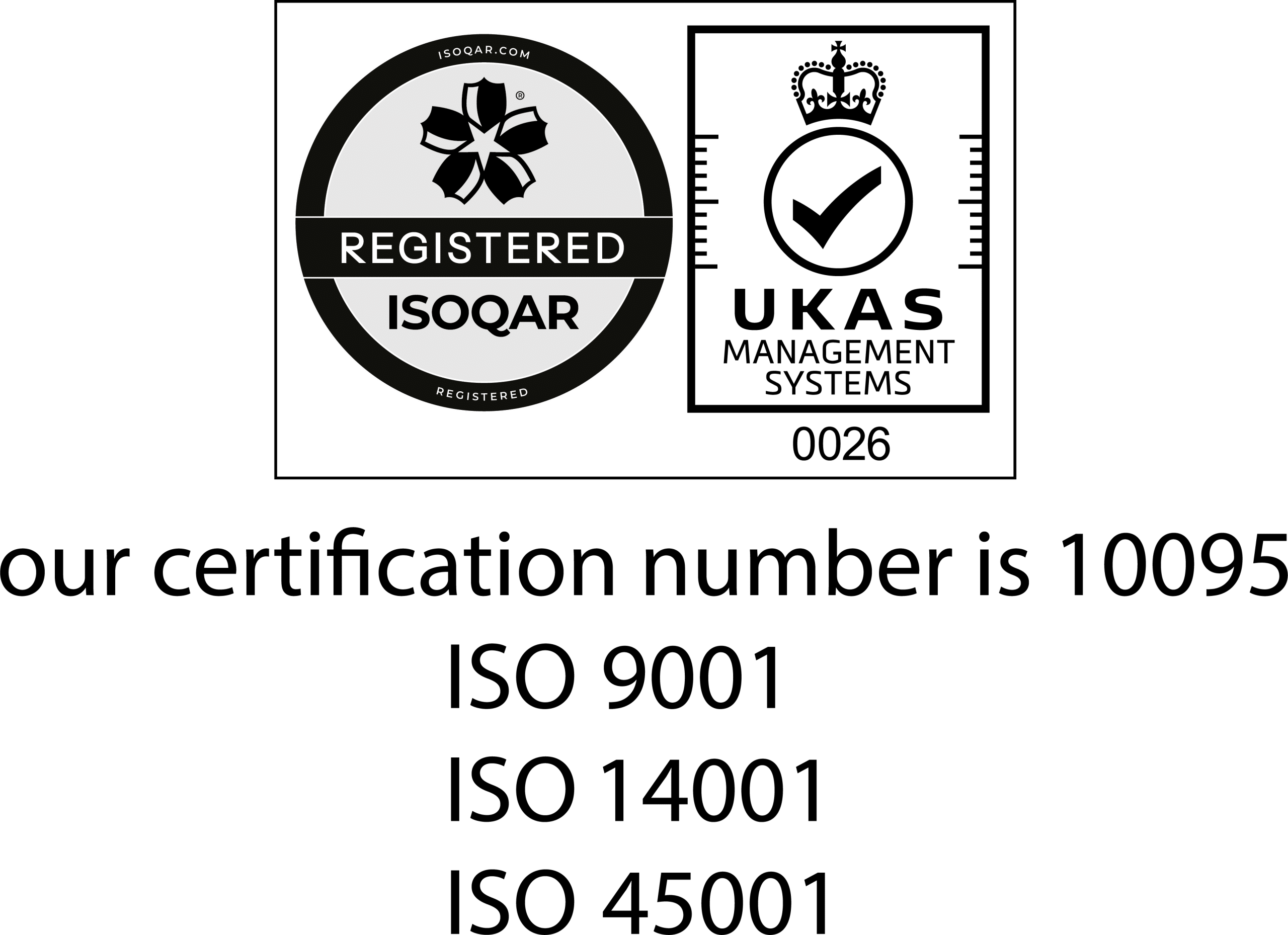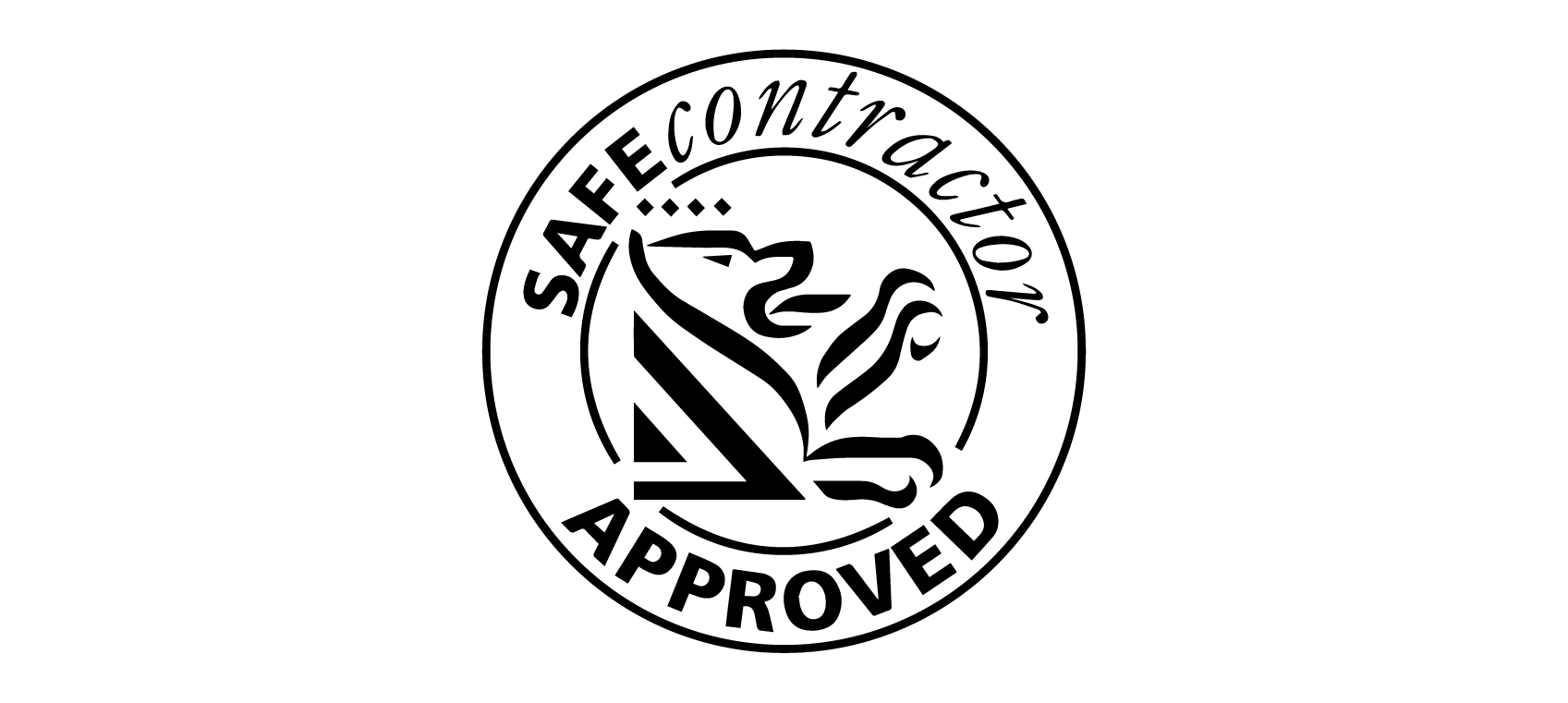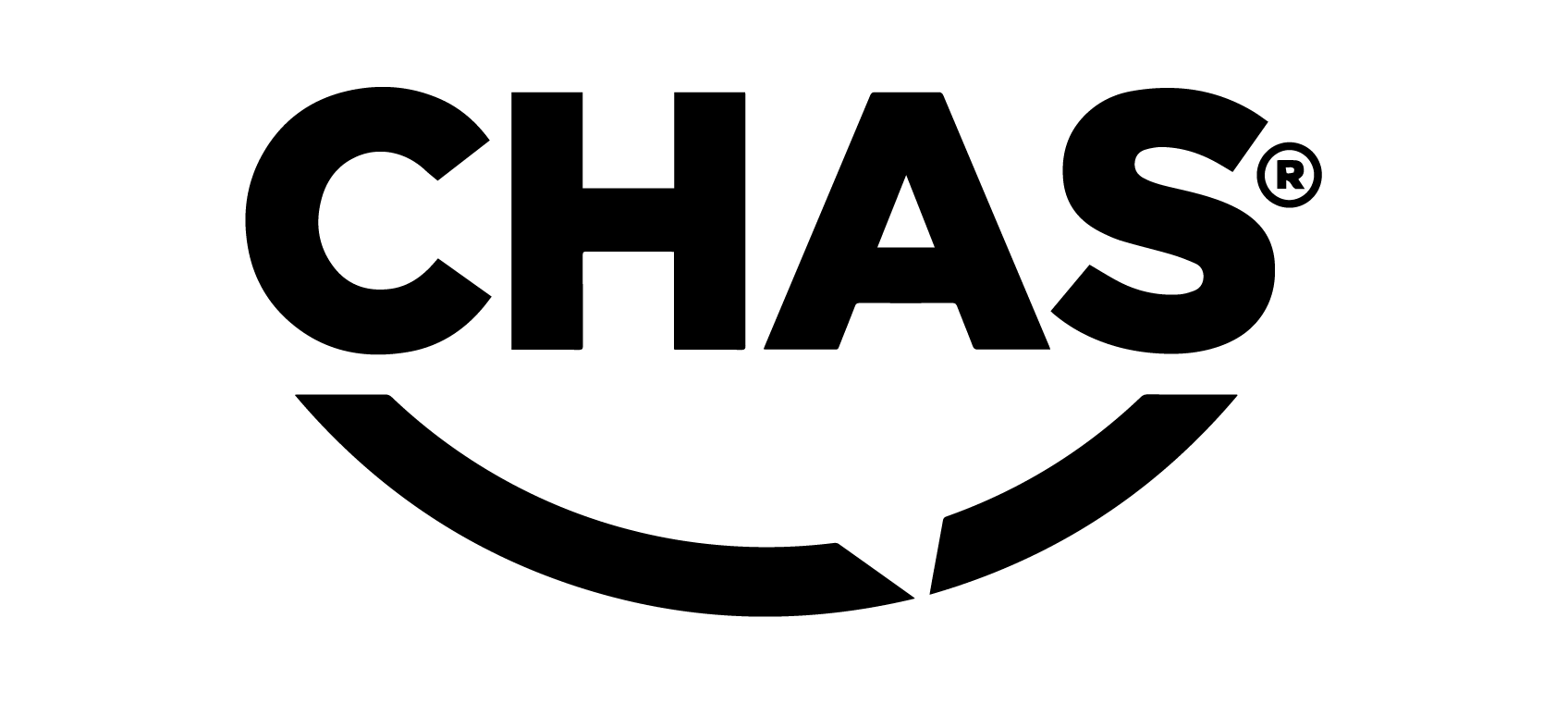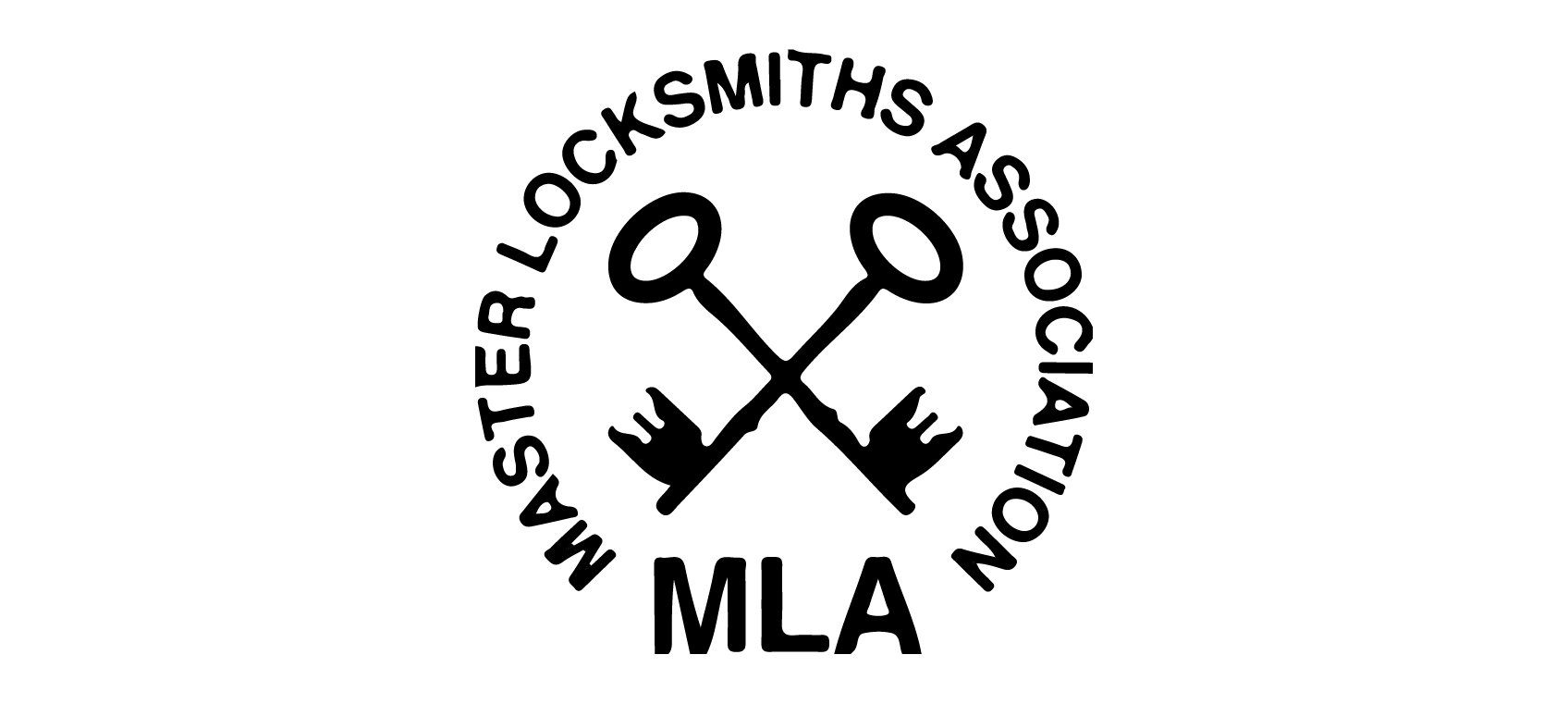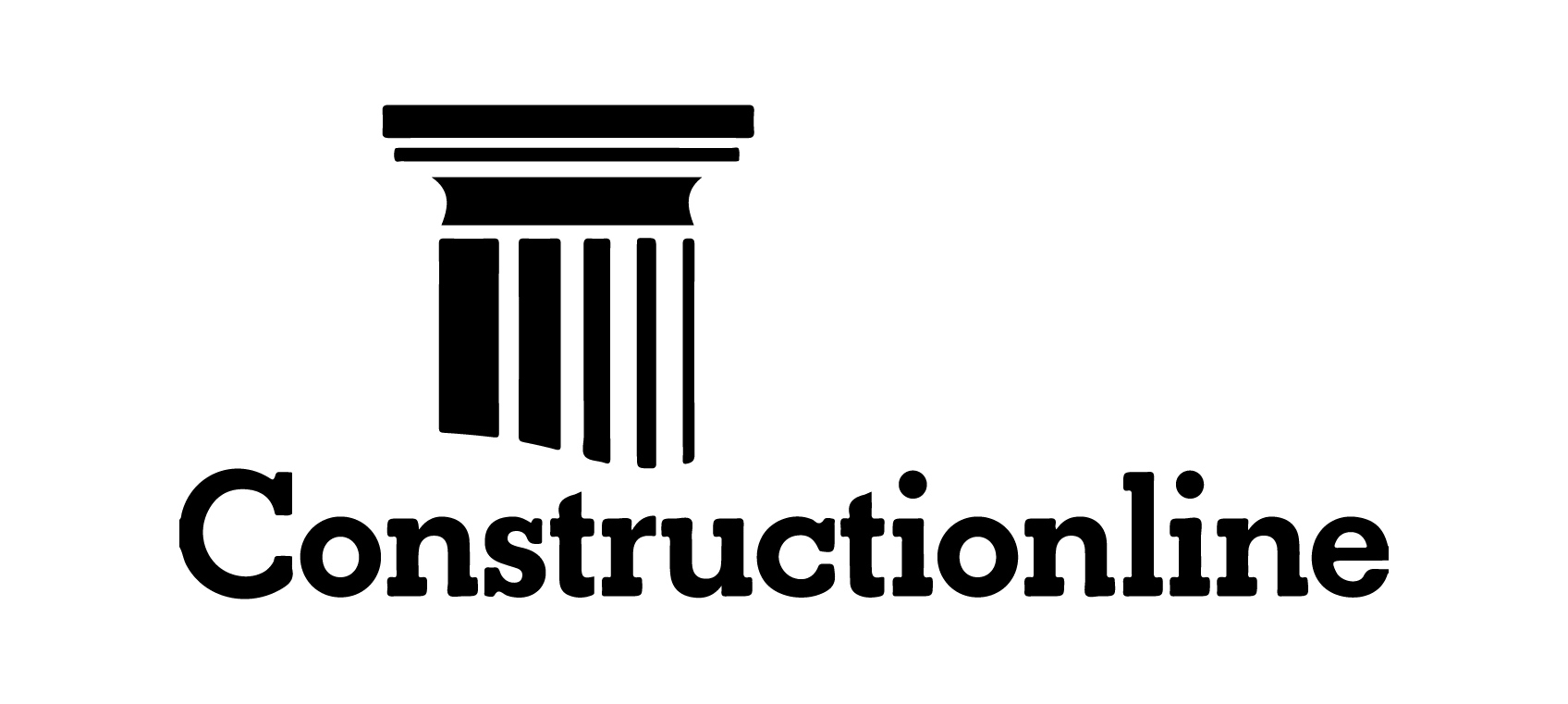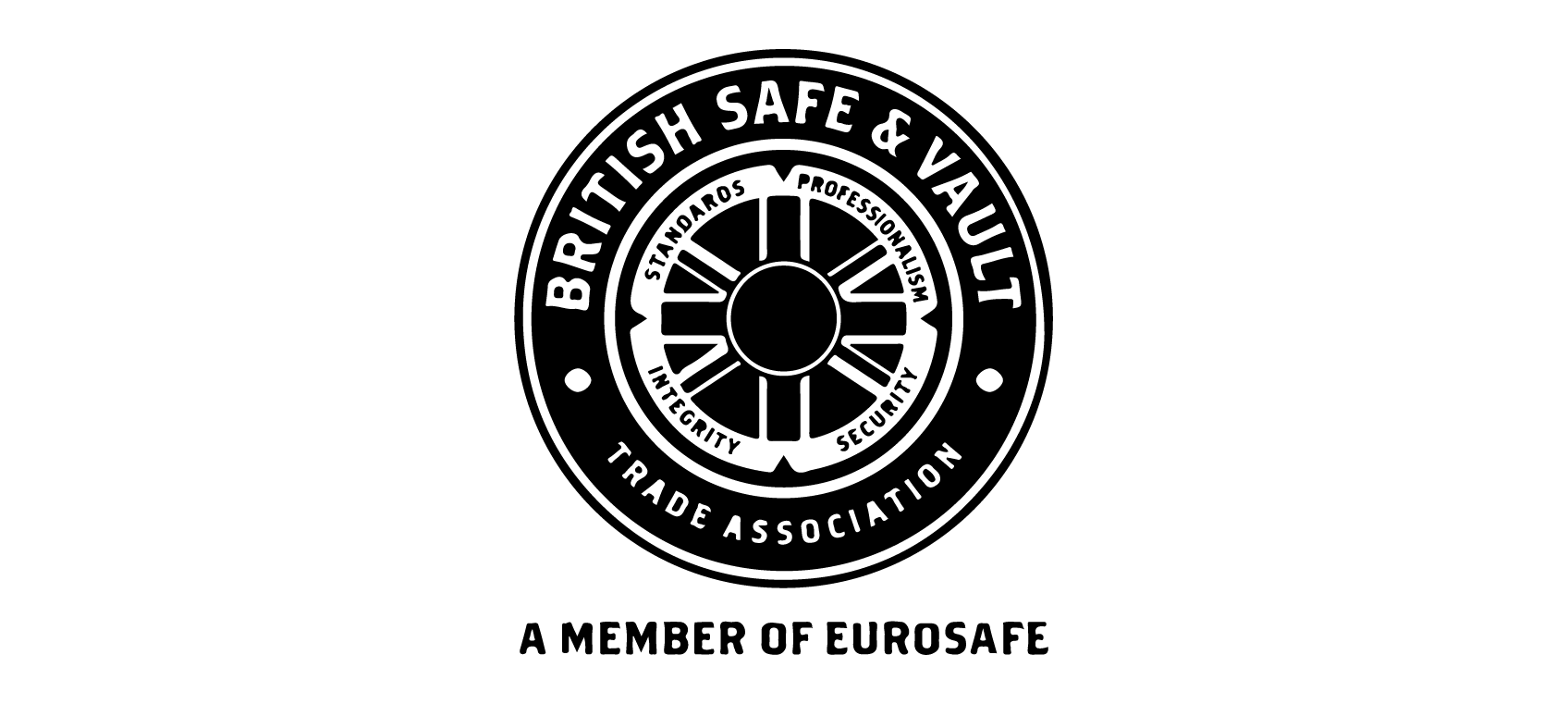Six Facts About Vaults
Vaults have a rich history and are shrouded in mystery and intrigue. Here are six fascinating facts about vaults that you probably didn’t know:
The Invention of the Vault
While secure storage solutions date back to ancient Egyptian times, the modern vault was invented much later. During the California Gold Rush of 1849, banks needed better protection for their gold than the small iron safes that were easily compromised. By 1861, larger safes resembling today’s vaults were invented. These safes continued to increase in size and sophistication until the 1920s when banks began using massive built-in vaults with walls and doors several feet thick.
An Air of Mystery
Vaults often evoke an air of mystery, largely due to their portrayal in films. Most people never encounter a vault in real life, but movies and TV shows frequently feature them as critical plot elements. Whether it’s the magical vaults of Gringotts in “Harry Potter” or the high-tech vaults in “James Bond” films, vaults are often associated with secret agents, heists, and hidden treasures.
Built to Last
Vaults are designed to withstand extreme conditions. For example, during the atomic bombing of Hiroshima in 1945, the only parts of the Teikoku Bank that remained standing were its two vaults. Similarly, in 1957, a US nuclear test in Nevada barely managed to loosen the trim of a bank vault subjected to a 37,000-ton nuclear explosion. This resilience showcases the incredible durability and strength of vault construction.
Famous Vaults
While you might not immediately think of famous vaults, several are renowned worldwide. One of the most famous is the Iron Mountain vaults, located within mountains in Pennsylvania. Established in 1951 to protect valuable items from the threat of atomic war, these vaults house items from clients like Warner Bros, Corbis, the Smithsonian Institute, and the US Government. Other notable vaults include the Pionen Bunker in Stockholm, which served WikiLeaks, and the highly secure vault in Louisville, Kentucky, that protects Colonel Sanders’ secret seasoning recipe.
Secrecy
Secrecy is a hallmark of vaults. Some vaults are so secretive that very few people know their exact location, and those who do must maintain confidentiality. Swiss banks are especially known for the anonymity they provide to vault owners. As a result, billions of dollars in unclaimed assets remain in vaults when owners pass away without disclosing their ownership.
Repurposed Vaults
Old bank vaults often find new life in unexpected places. When bank buildings are sold, new owners frequently repurpose the existing vaults. You can find these repurposed vaults in luxury hotels, upscale restaurants, innovative bars, and even corporate boardrooms. The robust security and unique aesthetic of vaults make them a valuable asset in various settings.
Safes International: Your Trusted Vault Supplier
Safes International is the UK’s leading supplier of safes, strongrooms, and vaults. Based in Glasgow and offering nationwide service, we use modern methods, robust materials, and expert technicians to provide the ideal security solution for your company. For more information, visit our website or call our sales team on 0141 554 1170.
Enhance your security and protect your valuable assets with Safes International.

